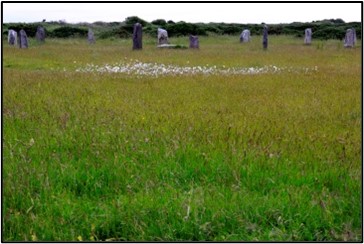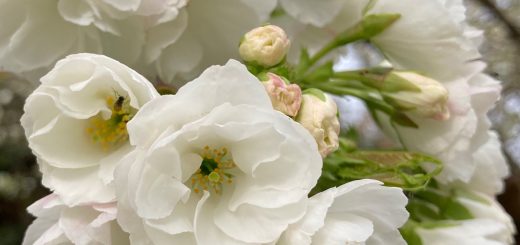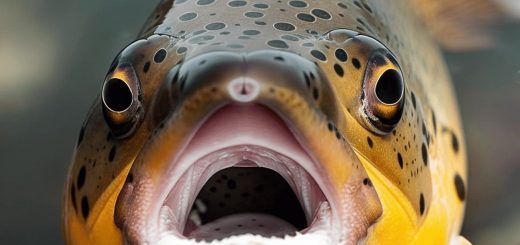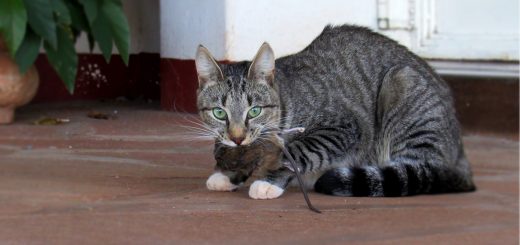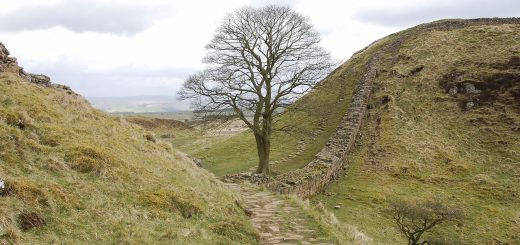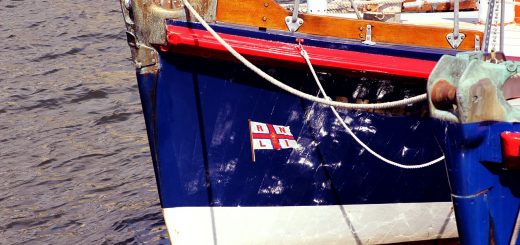Fly Quest

Local photographer and poet BRIAN JACKSON has drawn our attention to the Fly Spotting project that you will find at www.nhm.ac.uk. We are reluctant to kill anything at Pembrokeshire.Online headquarters but flies get a bit of a poor press and, let’s admit, can be really annoying. We have copied some info from the website (see below) in the hope that it will encourage us all to pay these little critters a bit more positive attention. The images are from Brian and are his personal property. How about taking some of your own?
“Join our fly-spotting team this summer and improve our understanding of how some of these species, important as pollinators, are faring in the UK.
“With their cute fuzzy stripes, bees get all of the love when it comes to protecting insects. But flies also play a huge role in biodiversity, including helping to pollinate an estimated 72% of crops.
“Unfortunately, there hasn’t been close to as much scientific attention on pollinating flies, so we just don’t know enough about them. Without knowing what species are important and where they can be found, we can’t do what is needed to protect them to support nature or agriculture.
“On top of that, several fly species have recently arrived in the UK due to warming climates, and we need to keep track of their spread.
“By using the iNaturalist app to take photos of flies you see in your local area, you can improve our knowledge of their populations and geographic spread.
“We’re asking you to spend a short time outdoors looking for and photographing flies in window boxes, gardens, parks or other safe urban areas.
“There are 14 species of fly that we are particularly interested in, see the list below for more on these. But if you find other species, or you aren’t sure what you’ve photographed, that’s fine too.
- Download app. You can download the free iNaturalist app onto your smartphone, either from the Google Play store for Android phones or the Apple App store for iPhones.
If you’d rather use your camera and a browser, you can sign up on the iNaturalistUK website, then upload your photos later. - Register for the project. Create an iNaturalist account and join the Fly Finder project. It’s important to join the project so that your results can be counted and that you can see other people’s entries.
- See it. Find a fly between 1 June and 18 Sept 2022. See the list below for the 14 species we are particularly interested in. For some top tips on finding and photographing flies successfully see the section below.
- Snap it. Take a picture of the creature you’ve found.
To help our team of fly scientists with identification, get a few photos at different angles if possible: especially a top-down and a side-on shot. - Record it. Record what you find by uploading a picture onto the iNaturalist app or at iNaturalistUK.
- Log your location. It’s important that you log the location of where you saw the fly. If you take the photo through the iNaturalist app, ensure that your phone location information is turned on.
If you upload a picture later onto the app from your phone’s photo gallery, or upload via a web browser, then you may have to add the location manually.”




